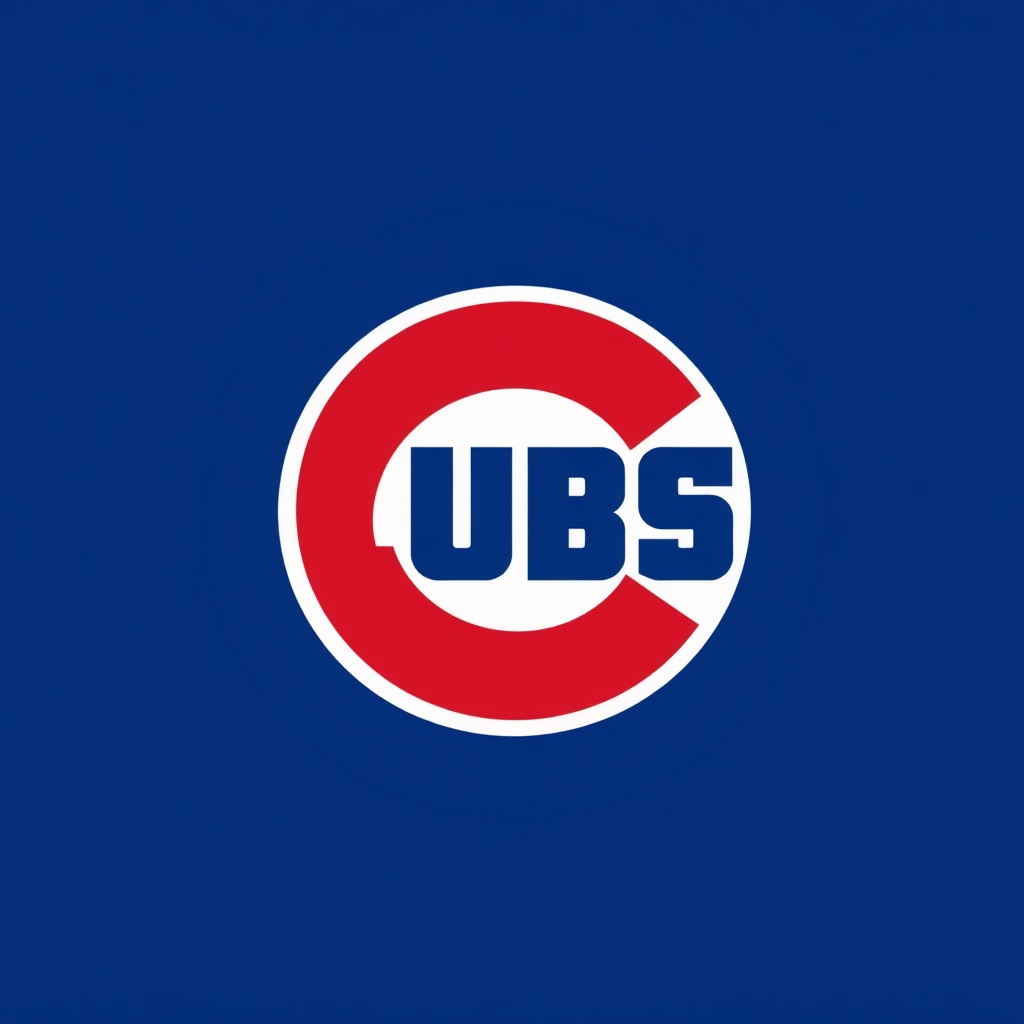Wrigley Field still feels like baseball’s living room: ivy-covered walls, the hand-operated scoreboard, and rooftops packed with fans create an atmosphere that blends nostalgia with modern spectacle. That contrast is central to the Chicago Cubs story today — a franchise balancing tradition with a forward-thinking approach to roster construction, analytics, and fan engagement.
A modern identity built on process
The Cubs’ front office has emphasized depth and flexibility.
Rather than relying solely on blockbuster moves, the organization is investing in a mix of controllable young talent, strategic veteran signings, and targeted trades. That strategy aims to create a lineup and pitching staff that can adapt across the long season — weathering injuries, hot streaks, and the inevitable ebb and flow of form.
Managerial leadership matters
The manager’s role in blending old-school clubhouse leadership with modern strategies is front-and-center. Tactical decisions — bullpen management, defensive shifts, and matchup-based lineup tweaks — are handled with an eye toward maximizing roster strengths while keeping players fresh. That balance helps develop younger players without sacrificing day-to-day competitiveness.
Pitching and the bullpen puzzle
Pitching depth remains a priority. Teams today lean into bullpen specialization and analytics-driven usage to squeeze more value from relievers. For the Cubs, building a multi-inning backend and a reliable closer arm offers a practical path to turning tight games into consistent wins. At the same time, starter development focuses on pitch mix refinement, spin rate optimization, and sequencing that complements the defensive profile behind them.
Farm system and player development
A healthy pipeline fuels long-term sustainability. International scouting, data-informed drafting, and an emphasis on player development are core pieces.
Prospects arriving with advanced analytics reports are increasingly blended into the big-league mix when ready, ensuring the club has internal options and trade chips alike.
Wrigley as an experience economy
Wrigley Field isn’t just about baseball — it’s become a year-round destination. Upgraded concourses, hospitality offerings, and special events help the ballpark generate revenue beyond game days while enhancing the fan experience. Rooftop views, local food partnerships, and curated family sections help maintain Wrigley’s community feel even as operations modernize.
Fan engagement and culture
Cubs fans remain some of the most passionate in the sport. Social media initiatives, in-stadium activations, and outreach programs continue to deepen connections with local communities. Younger fans are being brought into the fold through interactive content, fantasy-friendly statistics, and gameday experiences tailored to new audiences.

What to watch as the season unfolds
– The development curve of top prospects and how quickly they translate minor-league success to the majors.
– Bullpen roles and how matchups are deployed late in games.
– Health and workload management for frontline starters to maintain consistency.
– In-game strategy shifts that reflect deeper analytics adoption without losing baseball instinct.
Whether following a day game at Wrigley, tracking prospects in the minors, or debating roster moves online, there’s plenty to keep attention focused on the Cubs. The franchise’s challenge and opportunity are to remain true to its storied identity while evolving its roster-building and game-management approaches — a blend that keeps the organization competitive and the fan base invested.